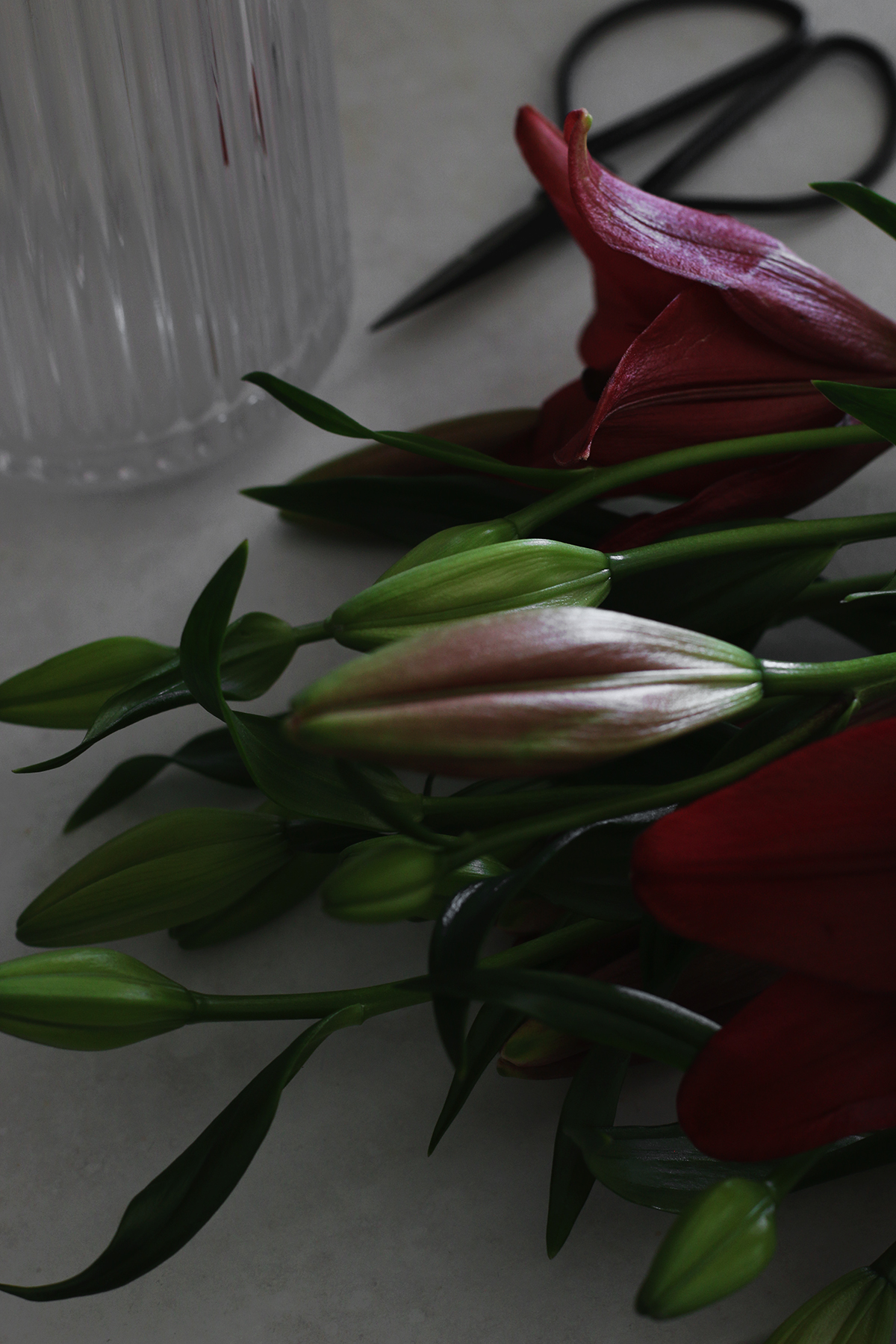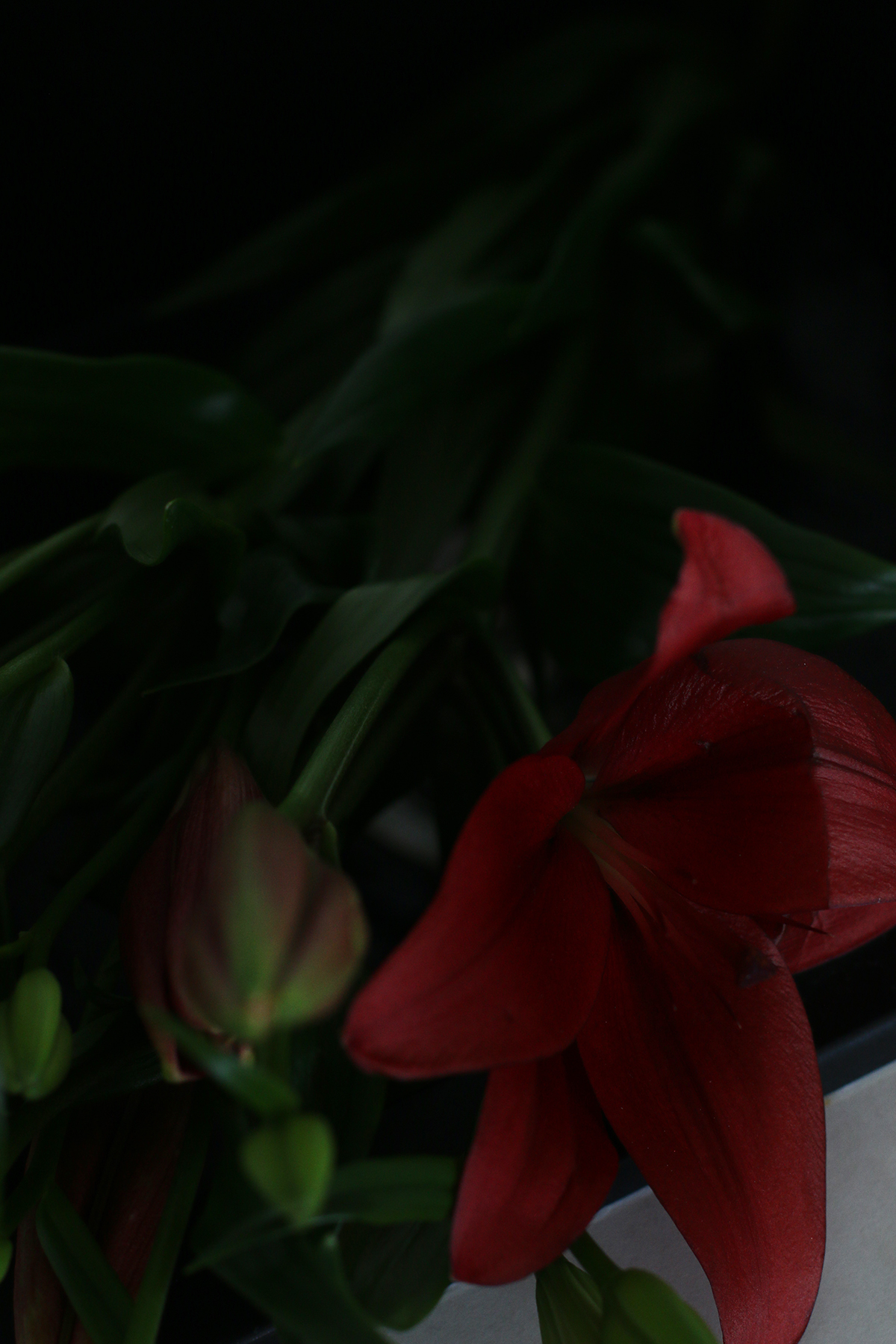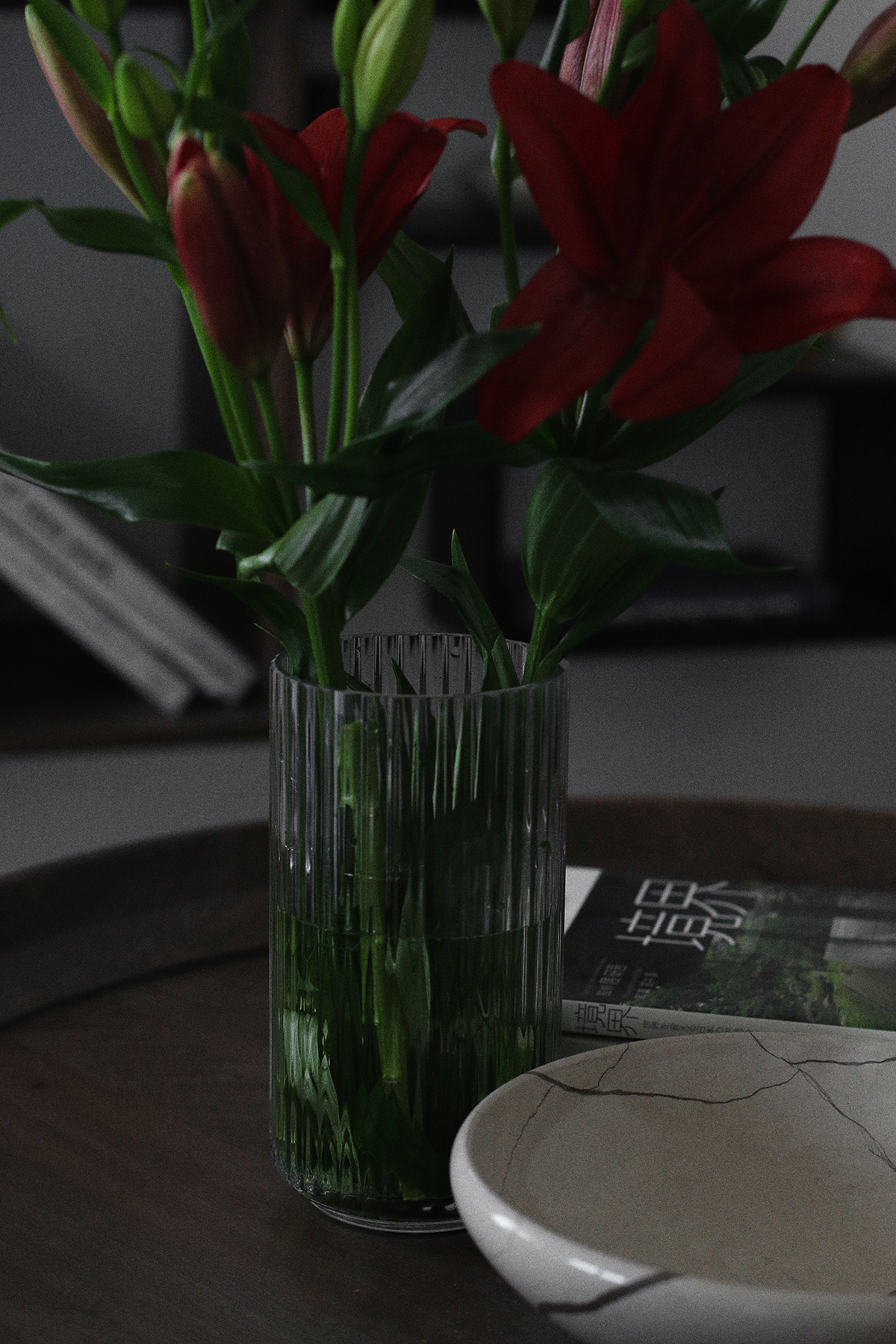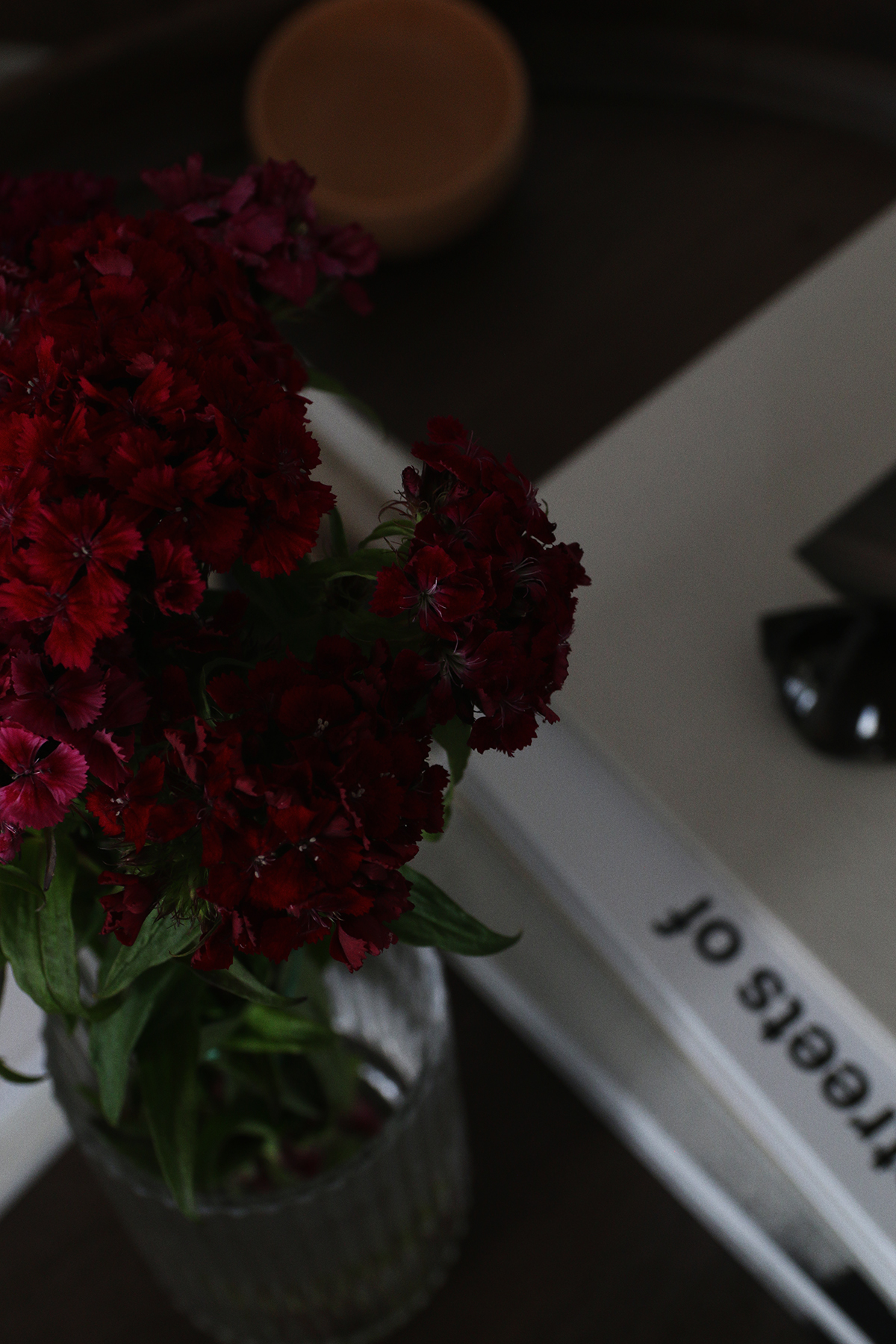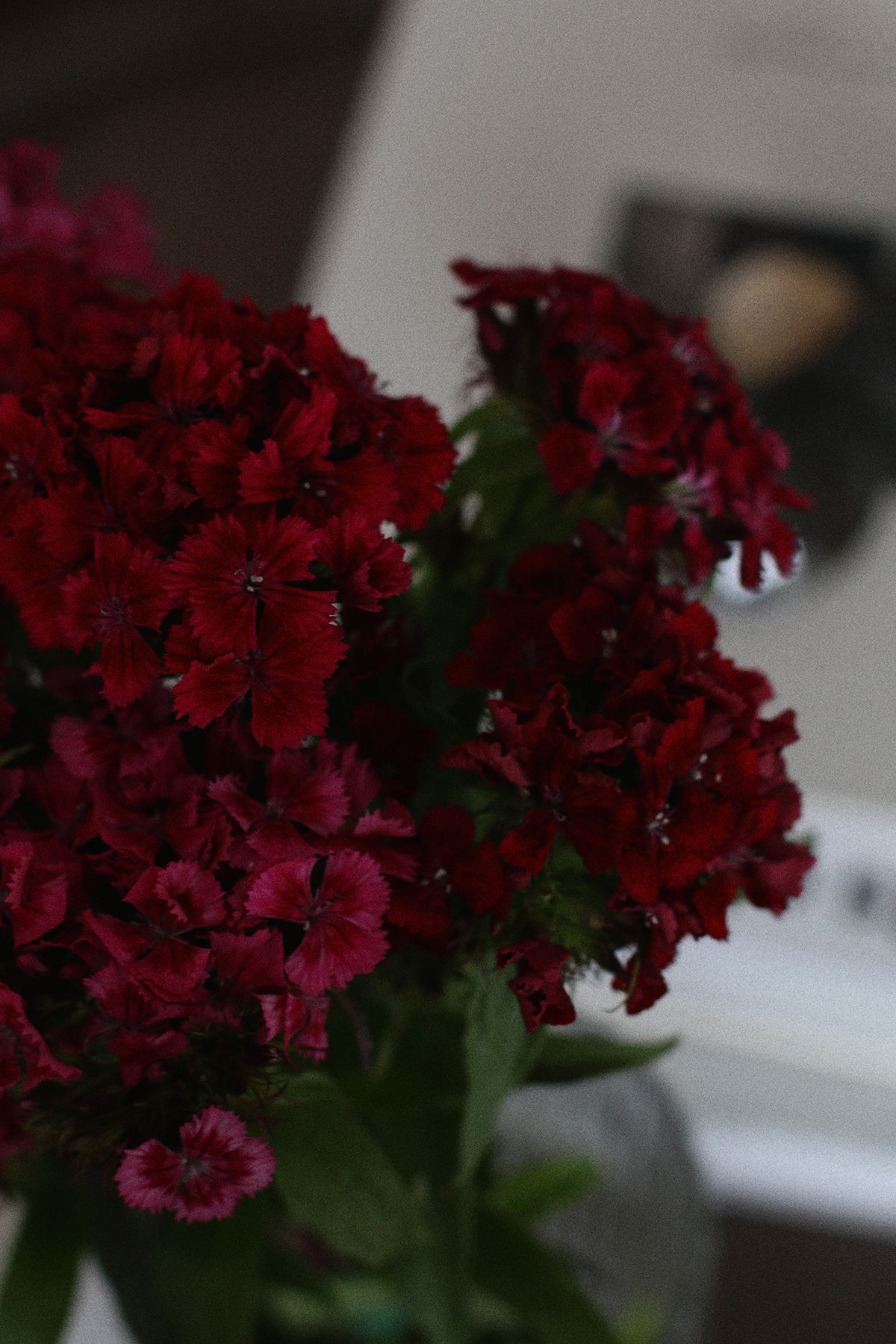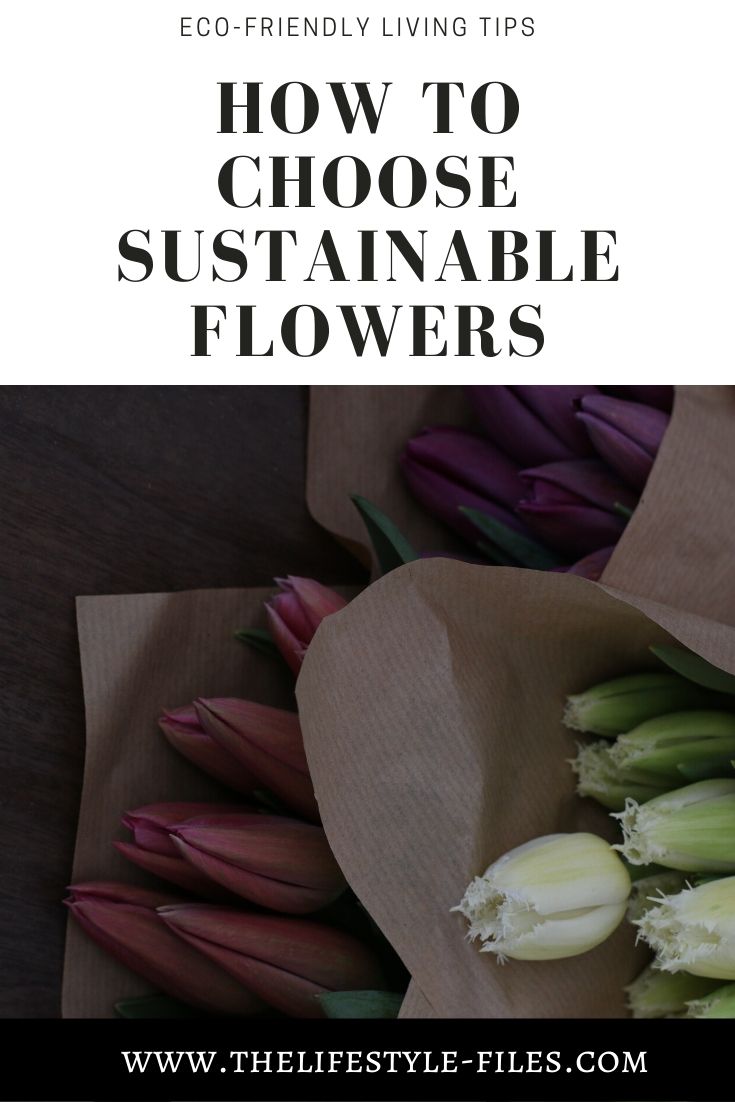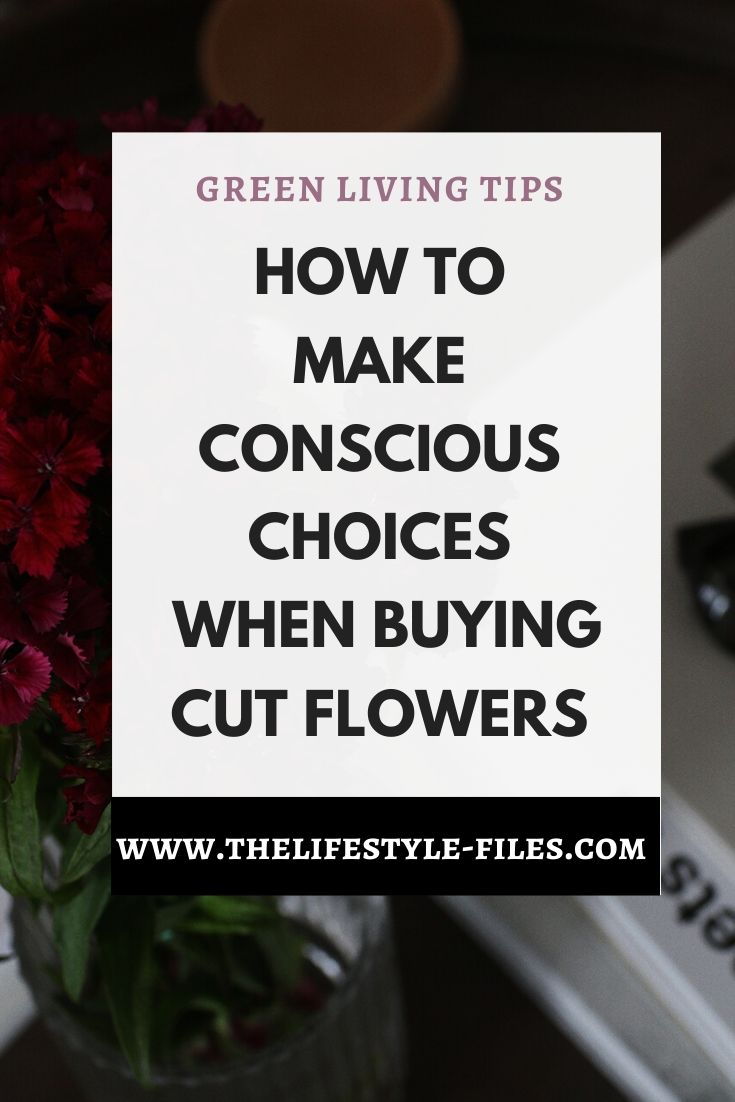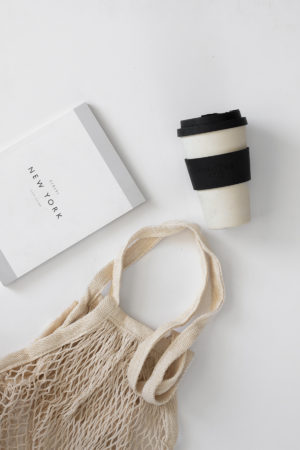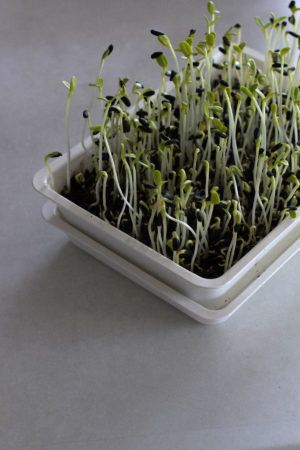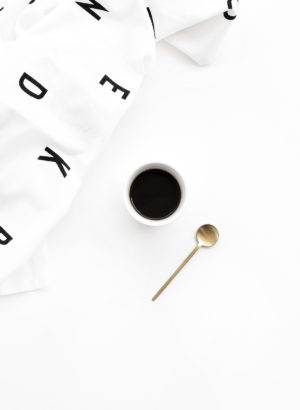I’ve always thought fresh flowers were a fantastic way to bring a little luxury to our everyday life, but they were actually lifesavers for me in the last few weeks. They brought so much joy (not to mention much needed visual stimuli) into my quarantine life that I elevated them from occasional treats to weekly staples. And as I’m planning to keep this flower buying habit in the future as well, I want to make sure I make it as sustainable as I possibly can.
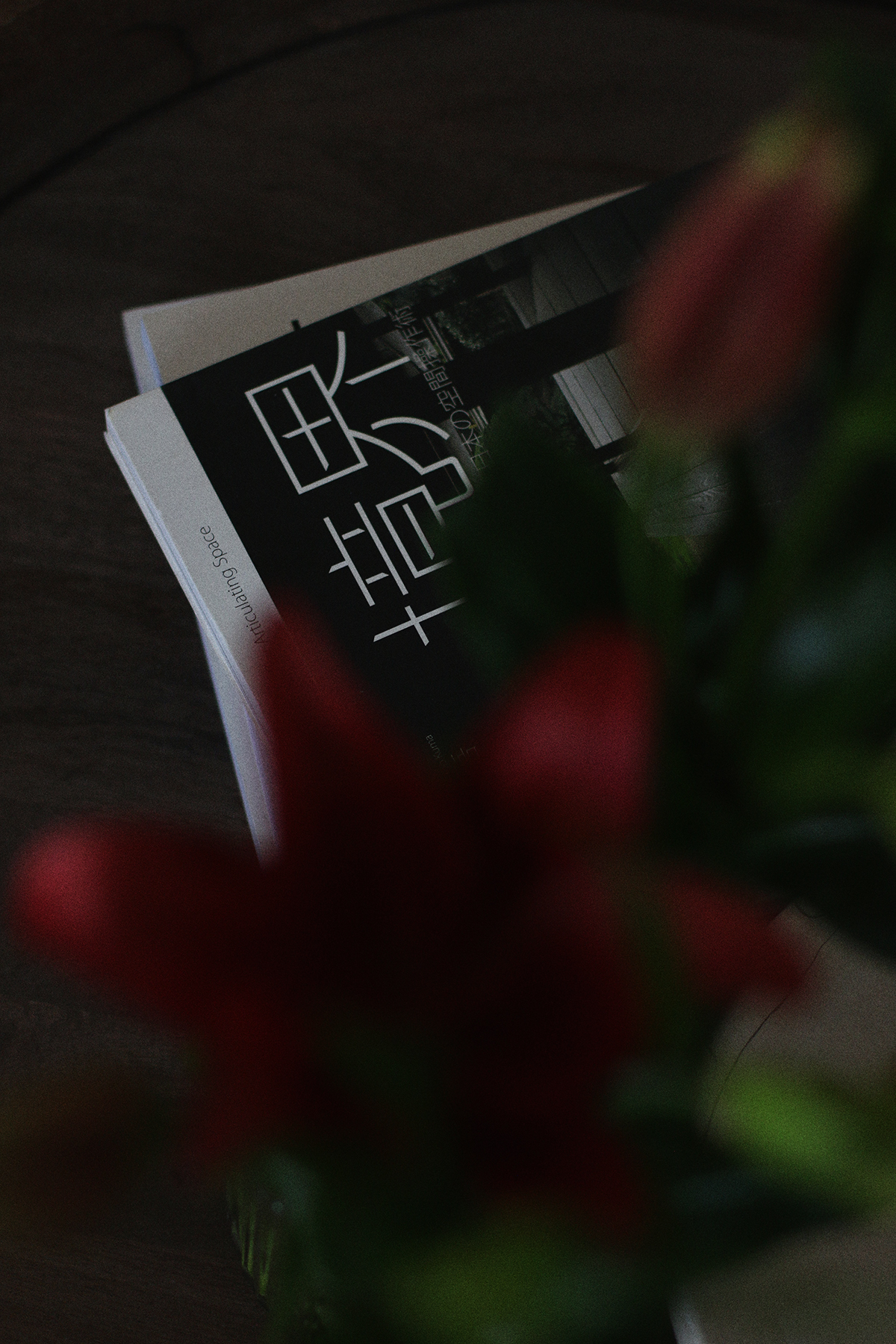
The environmental impact of the cut-flower industry
In order to understand why it’s important to factor in sustainability when buying fresh flowers, let’s see what some of the major environmental issues are.
Flowers straight from…Columbia?
If you thought the nice neighborhood florist sells the flowers they have grown in their local family farm, I have bad news: there’s a very high chance those flowers came from another country (this is even likelier for the supermarket flower section). The main cut flower exporters are the Netherlands, Kenya, Colombia, and Ecuador. Climatic differences and lower labor costs are the main drivers of the flower import market.
It doesn’t take an environmental scientist to figure out that flying flowers across the world is bad for the environment. The carbon footprint of imported flowers is also extra high as the flowers must be refrigerated prior to and during transport and this requires additional energy. Plus, there are tons of packaging involved to ensure the flowers arrive safe and beautiful to their destinations.
A bouquet of pesticides
The floriculture industry is one of the major users of pesticides, insecticides, fungicides, and fertilizers. The use of these chemicals is bad for the soil, the water, the bees, and has detrimental health effects on the workers as well. We’re beginning to see some changes in the food industry regarding this problem like there are more and more regulations, but unfortunately, they do not apply to cut flowers, as they are not edible.
Another problem is that imported flowers are also often treated with extra pesticides for biosecurity reasons before they enter the European or US market in order to prevent the introduction of new pests or diseases. This is understandable to some extent, but some regulations would be badly needed in this area as well (like how much pesticide residue cut flowers can contain).
Exploiting the land and water resources
We can also add land cleared to make space for huge greenhouses and intense, year-round irrigation to the cut-flower industry’s list of environmental sins.
Unethical labor practices
As usual, it’s often the people who work at the large flower farms in developing countries that pay the real price for cheap cut flowers. As in other industries, companies try to be competitive about their pricing by providing low wages and poor working conditions.
A massive waste rate
There are also two waste issues when it comes to cut flowers. First, no matter what you do, the flowers will die – and most often than not, they end up not in a compost bin, but in the landfill, where they emit methane and other gases as they decompose.
Second, a lot of them do not even make it into your vase – around 10-20 % of them die or get damaged during transport.
(Not to mention the gigantic flower waste the wedding and event organizing industry creates.)
So, with that said, what can we do to reduce the impact of environmental issues while still enjoying fresh flowers at home?
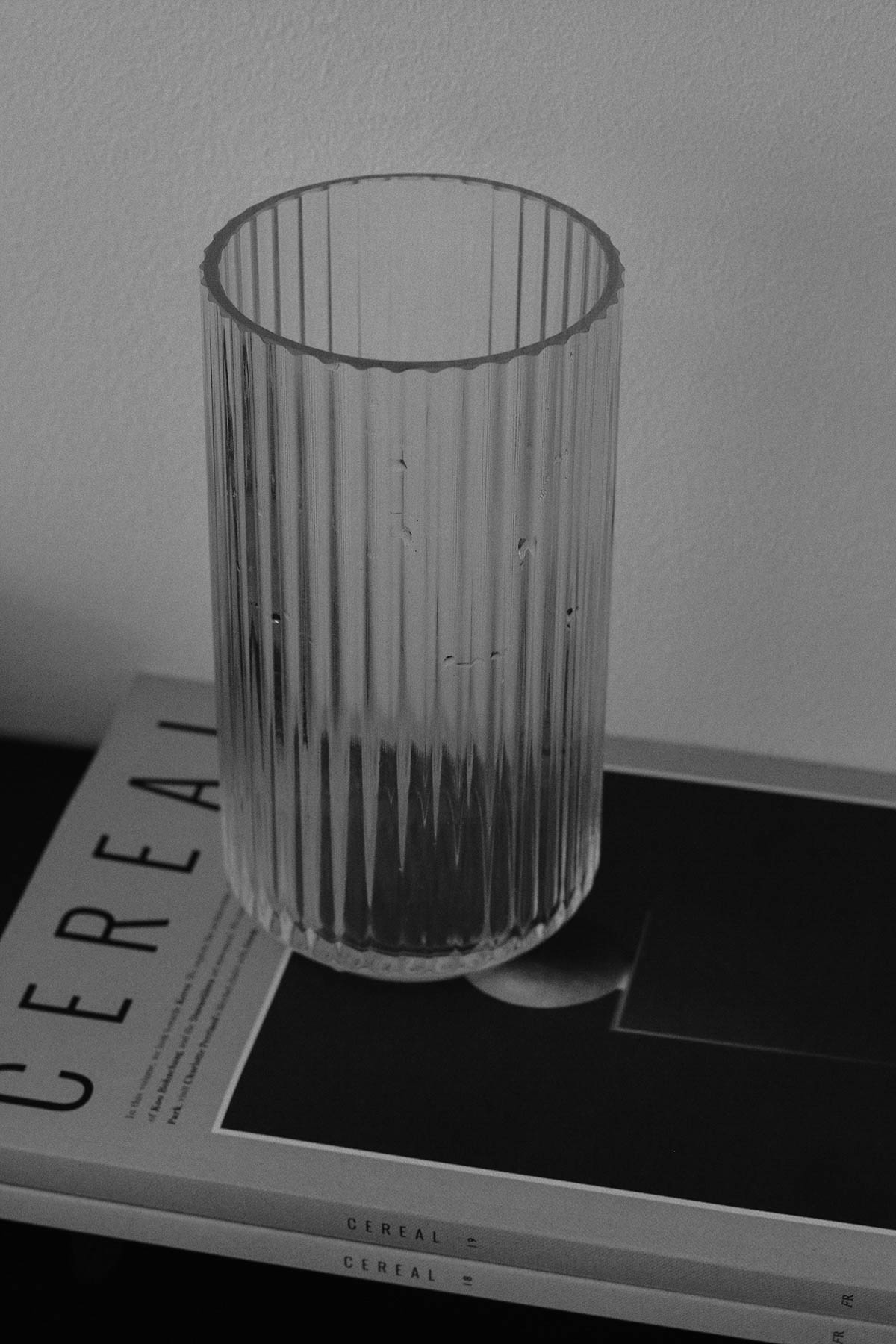
How to choose sustainable flowers
+ Buy seasonal & local
Buying seasonal flowers is the most environment-friendly thing we can do as they are usually grown in a natural, less resource-intensive way and without much artificial intervention.
Buying local is also important, but only after seasonality – locally produced, but out-of-season flowers were most likely grown in a greenhouse in a very energy-intensive way. Of course, seasonal AND local is the best option.
I’m not a huge botanical expert, by all means, so to assess seasonality I use a) common sense, and b) local seasonality guides. It doesn’t take much scientific knowledge to figure out that just like it’s not a very environment-friendly idea to buy watermelon in the middle of January if you live in Europe, peonies in February are not exactly in-season blooms either. To check what’s truly in-season in your area, ask your florist.
+ Look out for eco-labels and certifications
When it comes to cut flowers, organic usually means they were grown without pesticides. Of course, it’s literally impossible for us, buyers to know for a 100% whether the flowers were grown in a truly organic and sustainable way, but there are some widely-accepted certification and eco-labeling systems that monitor, track, and grade whether flower producers meet key sustainability and ethical production criteria. Veriflora, MPS, Fairtrade, or Bloomcheck certified flowers are considered the best on the market.
+ Be a part of the Slow Flower Movement
“The inspiration for Slow Flowers begins in gardens, meadows, orchards, and fields, where the timeless act of cutting or harvesting botanicals season by season is part of the natural cycle of a year. At its simplest, it means enjoying flowers grown with sustainable farming practices, harvested in their natural season of bloom, sourced as close to you as possible, and produced by florists who are using green, chemical-free design techniques.”
Debra Prinzing, founder of the Slow Flowers Movement
The Slow Flower Movement was launched by florist Debra Prinzing to encourage conscious choices when growing and buying cut flowers.
For florists, it means small-scale, sustainable farming practices, like growing flowers outside instead of energy-consuming greenhouses, reducing or eliminating pesticides and herbicides, strict water management, and no plastic packaging. For customers, it means buying locally and in-season.
Probably the best way to support the slow flower movement is finding a trustworthy, local florist who sources the flowers locally and seasonally. I usually buy my flowers at the farmers market from small producers or at a couple of small, local florists who always tell which farm they source their flowers from (If you’re looking for sustainable flower farmers in Budapest, try Karol & Base or find a local farmer in one of the bigger flower markets. plante. also does seasonal flower sales from local farms).
You can also browse the Slow Flowers database – they mainly list US sustainable florists, but there are some Canadian and international ones as well.
+ Make them last
Once you’ve bought that beautiful bouquet, make sure they can adorn your home as long as possible. I always cut the stems before I put them in water (important: cut them at an angle) and retrim them every other day to allow for better water intake. If I have flower food at home, I add it to the water, if not, I add a couple of drops of Domestos (a kind of bleach), which prevents bacterial growth, plus prevents the water from going too cloudy. Also, sometimes you can revive slightly wilted flowers if you soak them in cold water in the bathtub for an hour.

